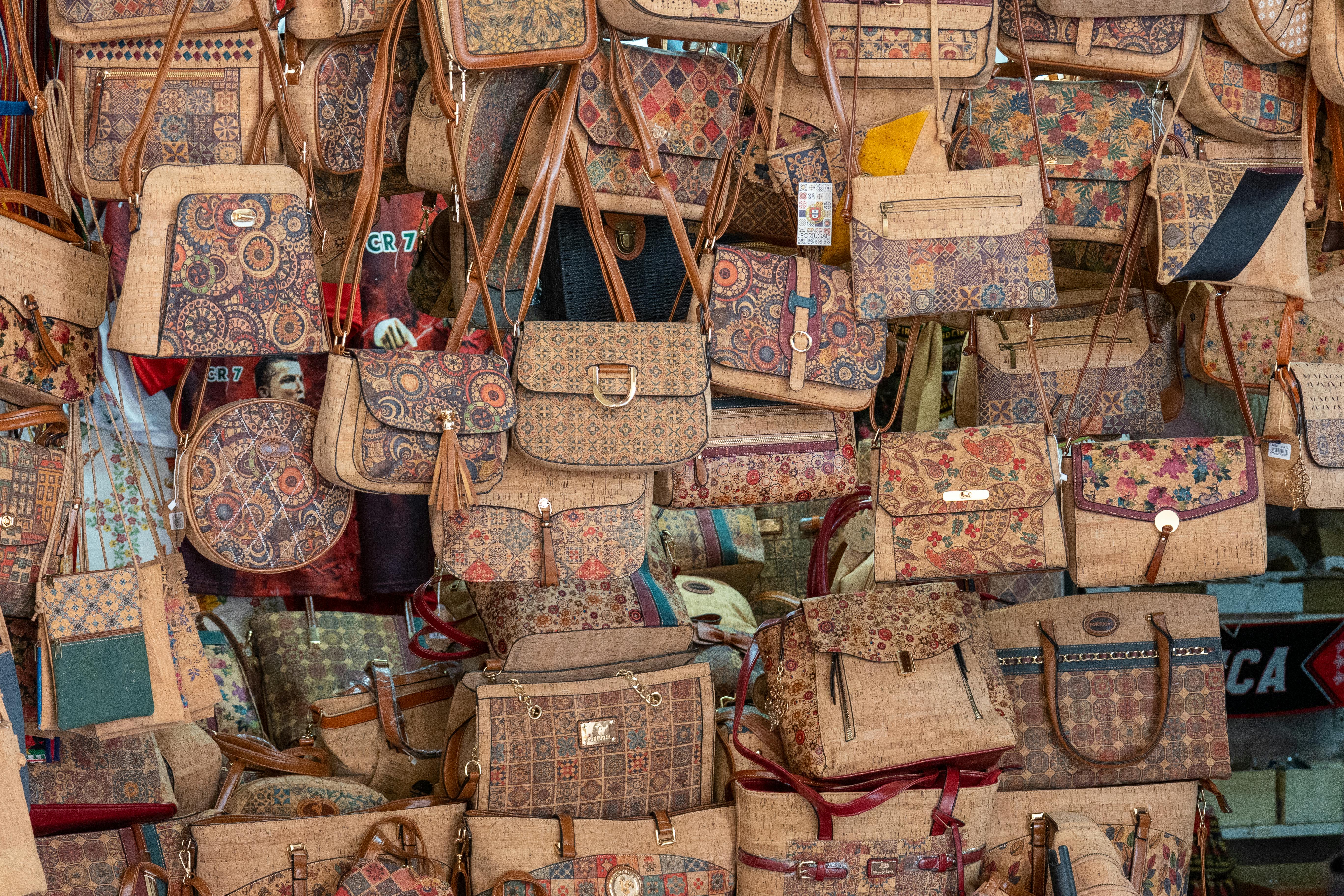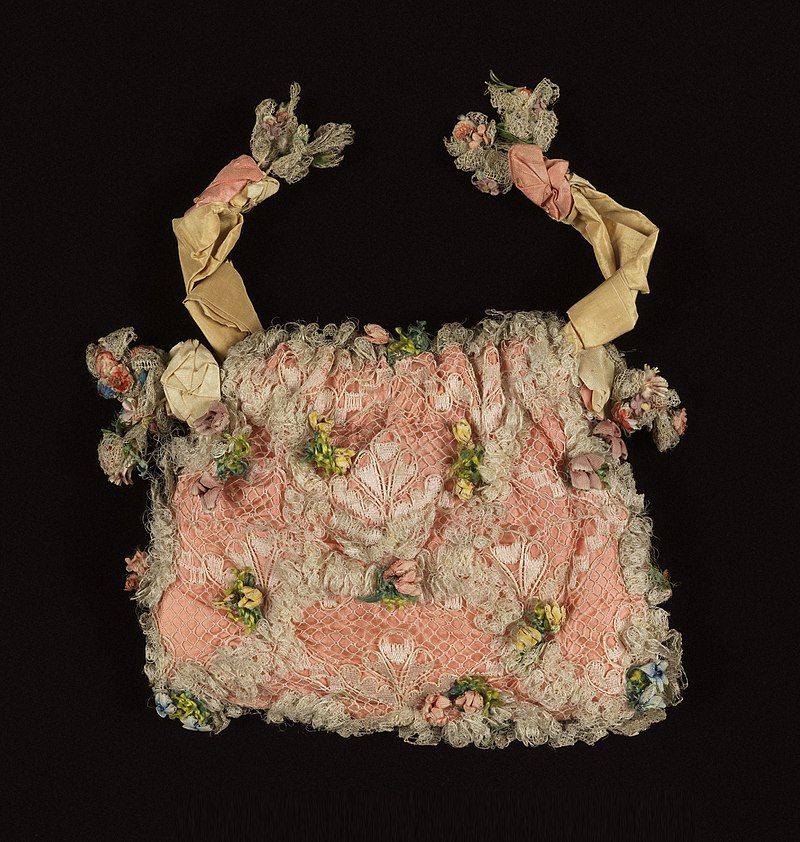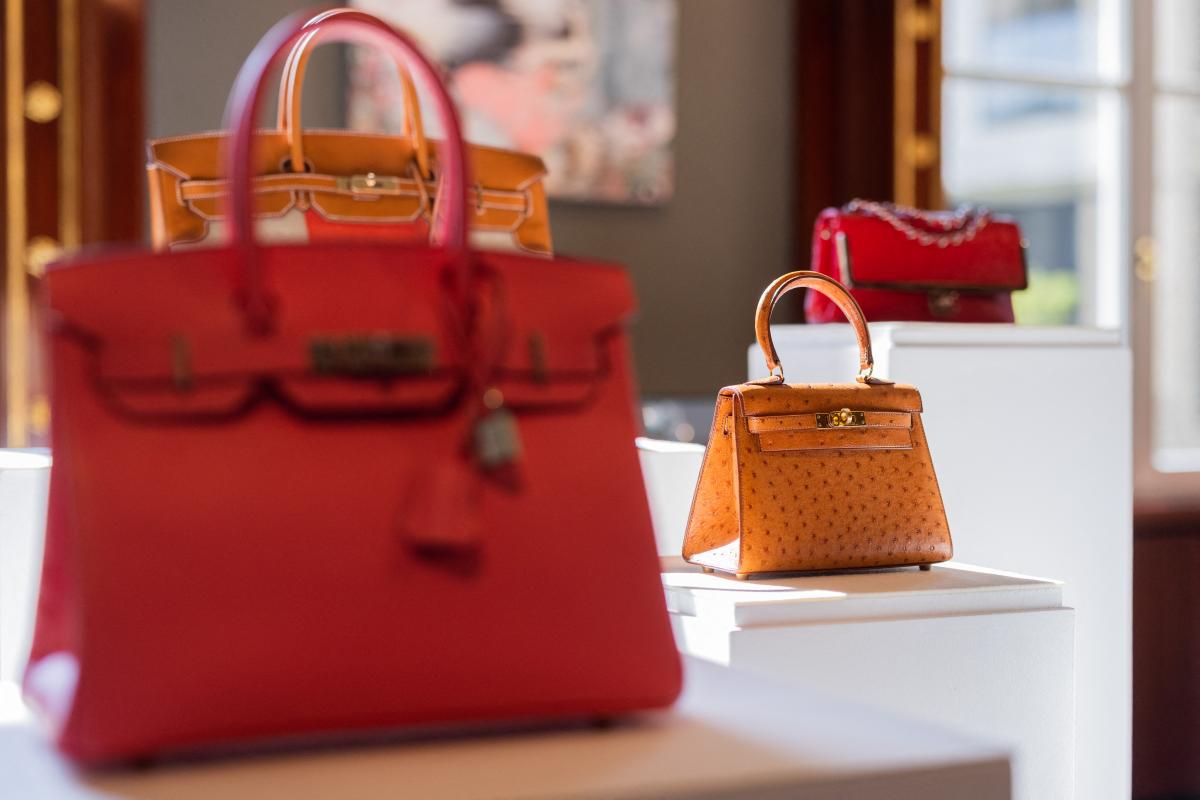Since ancient times, bags have been more than just tools—they have been steadfast companions on humanity’s long journeys. With every step taken and every transformation the world has witnessed, the concept of "carrying" evolved, turning bags from primitive necessities into symbols reflecting the civilization of each era. But how did bags weave their relationship with humans? And how did they adapt to changing needs over time?
The Origins of Bags: A Story of Survival
The earliest notions of bags date back to the Old Stone Age. However, the story becomes even more intriguing when a mummy emerges from the icy depths, carrying objects that narrate the tale of time. Researchers found a small woven tree bark pouch alongside the mummy, a goatskin backpack, and a calfskin bag. It is believed that the small pouch was used to store food. This discovery highlights that bags were not just tools but essential means of survival.
Bags embarked on a journey filled with creativity, evolving from simple containers into artistic pieces that blend elegance with functionality—witnessing humanity’s continuous desire to merge practicality with style.
 Handbags in a Store (Pexels)
Handbags in a Store (Pexels)
From the Pharaohs to Symbols of Power
The modern craft of bag-making finds its inspiration in the journeys of the pharaohs along the Nile. Large, meticulously carved wooden chests adorned with stunning decorations were an essential part of travel, used to store valuables and provisions, making them indispensable for these long voyages.
In ancient Greek and Roman times, bags and chests went beyond mere utility; they became symbols of wealth and power. The larger and more ornate the bag, the greater the indication of social status and influence.
 Tomb of Tutankhamun in Luxor, Egypt (Pexels)
Tomb of Tutankhamun in Luxor, Egypt (Pexels)
Bags as Timeless Witnesses of History
Bags and chests have also been historically significant. The Ark of the Covenant, believed to have contained Moses’ tablets inscribed with the Ten Commandments, is considered by some to be the first model of the "Horen," which later inspired the design of the "Mikoshi" in subsequent traditions.
In the New Testament, the famous phrase "new wine in new wineskins" refers to humanity’s ancient ingenuity in creating lightweight and durable animal skin containers for storing and transporting wine. This innovation reflects mankind’s brilliance in developing practical tools to meet daily needs.
The 15th Century: The Rise of Handbags as Status Symbols
By the 15th century, handbags had transcended their practical purpose to become enchanting symbols of social status. People took pride in embellishing their bags with jewelry and intricate embroidery, using luxurious silk as a marker of wealth and opulence.
Art from this era often depicted the elite in their finest attire, with embroidered bags hanging elegantly from their garments, adorned with elaborate tassels. However, fashion soon took a turn—women began wearing their bags under their skirts, leading to their disappearance for several decades.
During this period, practicality took precedence. Leather replaced elaborate embellishments, and men abandoned bags altogether with the introduction of pockets in trousers.
The Triumphant Return of Bags in the 19th Century
With the dawn of the 19th century, bags reclaimed their place in fashion. As voluminous skirts faded and sleeker, more practical clothing styles emerged, and large bags became less suitable. This gave rise to the "reticule"—small, elegant handbags designed to be carried by hand, completing women's outfits with a touch of sophistication. These delicate purses held perfumes, fans, and aromatic salts, adding an element of luxury and exclusivity.
 Reticule (Wikipedia)
Reticule (Wikipedia)
World War II: Innovation Born from Crisis
During World War II, material shortages—including leather and metal—pushed manufacturers to explore new materials like plastic and wood. This era marked the birth of unconventional shapes and designs, proving that necessity fuels creativity.
 Retro bag with leather wallet and parcel (Pexels)
Retro bag with leather wallet and parcel (Pexels)
The 1950s: The Golden Age of Elegance
The 1950s ushered in a golden age for handbags, with legendary designers such as Chanel, Louis Vuitton, and Hermès revolutionizing the industry with bold and refined designs. Bags were no longer just practical accessories; they became status symbols of luxury and sophistication. Their iconic designs remain valuable investments and emblems of impeccable taste to this day.
 Luxurious Leather Purse (Pexels)
Luxurious Leather Purse (Pexels)
A Journey That Never Ends
The story of bags is far from over—it continues to unfold with each passing era, seamlessly blending practicality with luxury, and shaping a history of elegance and innovation. Today, bags have evolved beyond their original purpose of carrying essentials; they are statements of prestige, reflections of personal style, and expressions of modern identity, making them an inseparable part of contemporary life.
 French
French













